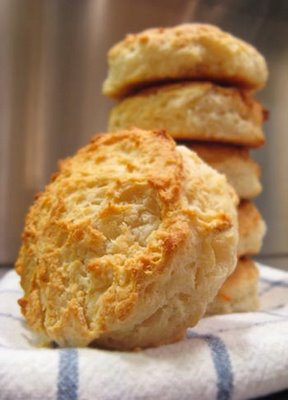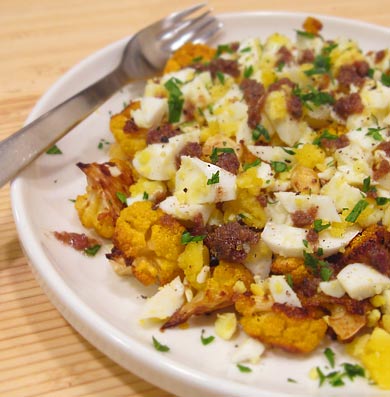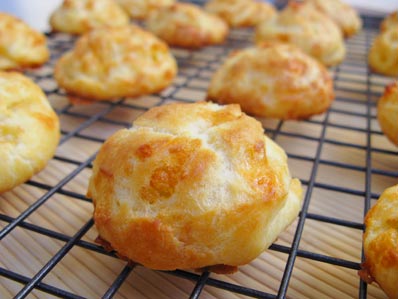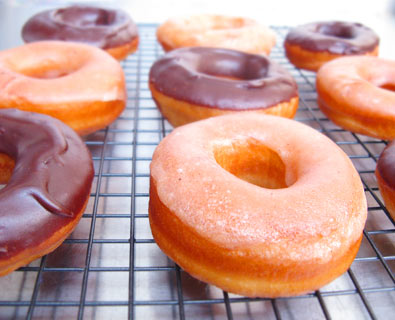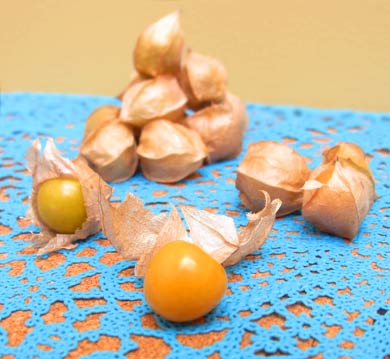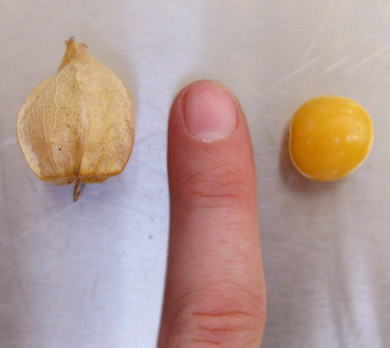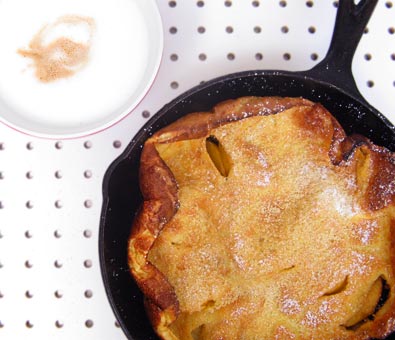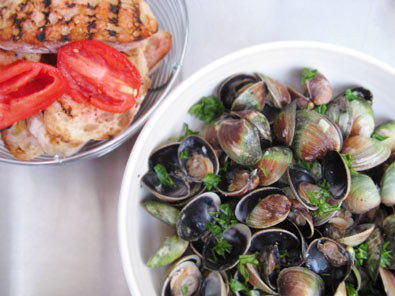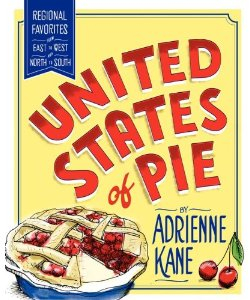 It all started with this bread. I know, I know, could I be any later to the game? I read about it, heard about, saw it posted on YouTube, but I had never made it. It almost seemed too de riguer; I can be funny that way. But late this past summer, nearly two years from the original publication date, I broke out the yeast, and gave it a try. And this created a monster.
It all started with this bread. I know, I know, could I be any later to the game? I read about it, heard about, saw it posted on YouTube, but I had never made it. It almost seemed too de riguer; I can be funny that way. But late this past summer, nearly two years from the original publication date, I broke out the yeast, and gave it a try. And this created a monster.
The no-knead bread was more than adequate. A beautiful crunchy loaf with corn meal along the crust, but let’s be honest, while this bread is super in a pinch, it lacks real taste. It also lacks something that I have come to love– the knead. (You think I would have gotten that from the name.) There is just something so satisfying about plunging your fist into a mound of bubbly, warm dough. But this bread did inspire me to not be terrified of yeast, to let my curiosities run wild and to make bread. Lots of bread. I love the gratification that comes with the process of making bread– and it is a process. But for a homebody like myself, there is nothing better than puttering around the house and tending to a lump of dough every few hours.
Let’s just say I no longer buy my yeast in packets, like most normal people. I have graduated to buying my yeast in the more economical jar. Yes, the jar. Before this summer I did not even know that this was possible. I have made rich white loaves, Frissian loaves, whole wheat-lemon loaves. There were the challahs that I made for Rosh Hashanah (L’Shana Tova!), and then there was the ever classic, so classic they might have been forgotten, Parker House Rolls.
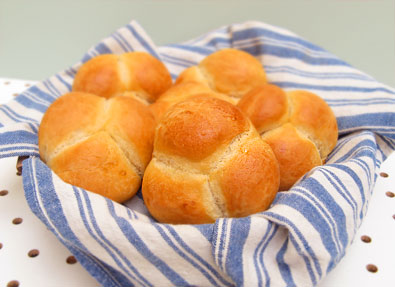 I found a tattered copy of Beard on Bread at a used bookstore before my interest in baking bread had truly blossomed. I guess that I was a sucker for the anagram in the title, and the sing-songy alliteration. But when I opened the book again, just a few months after purchase, I was taken with the ease of the recipes, and with James Beard’s straight-forward approach. I decided that these Parker House Rolls would be my venture into Beard’s bread land. And the rolls did not disappoint.
I found a tattered copy of Beard on Bread at a used bookstore before my interest in baking bread had truly blossomed. I guess that I was a sucker for the anagram in the title, and the sing-songy alliteration. But when I opened the book again, just a few months after purchase, I was taken with the ease of the recipes, and with James Beard’s straight-forward approach. I decided that these Parker House Rolls would be my venture into Beard’s bread land. And the rolls did not disappoint.
These rolls reminded me of the dinner rolls that my grandma purchased each year for Thanksgiving. Light yet rich, almost delicate, these rolls were terrific straight from the oven. I slathered them with sweet butter, and then drizzled them with honey. As a mid-afternoon snack they were delicious, and were even wonderful warmed slightly the next morning for breakfast.
This recipe is originally doubled making 30 rolls, but this is half a recipe.
Parker House Rolls
adapted from Beard on Bread
1 package active dry yeast
1/2 tablespoon granulated sugar
1/4 cup warm water (100-115 degrees)
2 tablespoons butter, cut into small pieces
1 cup warm milk
2 1/2- 3 cups all-purpose flour
1 teaspoon salt
2-3 tablespoons melted butter
1 egg, beaten with 2 tablespoon cream or milk
Dissolve the yeast and the sugar in the warm water getting bubbly, and allowing to proof. Melt the 2 tablespoon of butter in the warm milk, then combine with the yeast mixture in a large bowl. Mix 1 cup of flour with the salt, and add to the yeast. Stir vigorously with a wooden spoon to make a dough. It should be wet and sticky, if dough does not come together, add a bit more flour. Cover the bowl with plastic wrap, and set in a warm place to double in bulk. About 1 hour.
Stir the dough down with a wooden spoon. Add 1- 1 1/2 cups more flour, 1/2 cup at a time. At this point the dough should be easy to knead. Turn out the dough on a well floured surface, and knead until smooth and very elastic. Dough should not be overly sticky, add more flour, one tablespoon at a time, if this is the case. Let the dough rest a few minutes. Form a ball, put into a buttered bowl. Turn the dough over, so the surface is covered with butter. Cover and put in a warm place to dough in bulk again. This can take anywhere from half an hour to an hour.
Punch the dough down, turn out onto a lightly floured surface, and let rest for several minutes. In the mean time, take a medium-sized muffin tin, and butter each cup well with the remaining melted butter. Cut off small pieces of dough, about golf ball size, and roll into a ball. You should have approximately 36 balls of dough. Place 3 mounds in each muffin cup. It is fine if the dough does not touch, it will be allowed to rise and grow once more. Fill each prepared muffin cup, and allow rolls to rise again until doubled in size.
Brush each roll with egg mixture. Bake in a preheated 375 degree oven for approximately 20 minutes. Rolls should be golden brown when finished.
 I never had a Mr. Potato Head. Although I always wanted one. Call it an early fixation with food, or maybe it was that I always had an appreciation for polymorphous objects, but I admired that tuber. I guess it can be simply put– I love oddly shaped fruits and vegetables.
I never had a Mr. Potato Head. Although I always wanted one. Call it an early fixation with food, or maybe it was that I always had an appreciation for polymorphous objects, but I admired that tuber. I guess it can be simply put– I love oddly shaped fruits and vegetables.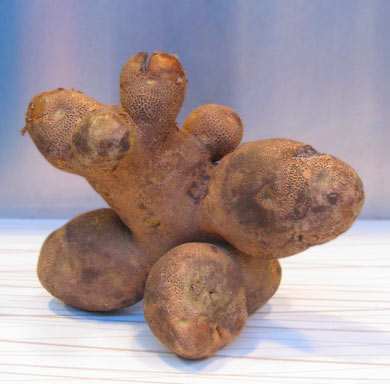 Last week, I squealed with glee when I spotted this baby at the farmers market. “Look,” I exclaimed to Brian, “it’s better than a potato-head! It’s a potato-man!” It was weighed by the vendor (and it was a weighty starch), and I put it in my satchel. There it sat on the kitchen counter, offering me company, and a smile (mine, not the potato’s) whenever I was in the kitchen.
Last week, I squealed with glee when I spotted this baby at the farmers market. “Look,” I exclaimed to Brian, “it’s better than a potato-head! It’s a potato-man!” It was weighed by the vendor (and it was a weighty starch), and I put it in my satchel. There it sat on the kitchen counter, offering me company, and a smile (mine, not the potato’s) whenever I was in the kitchen.

